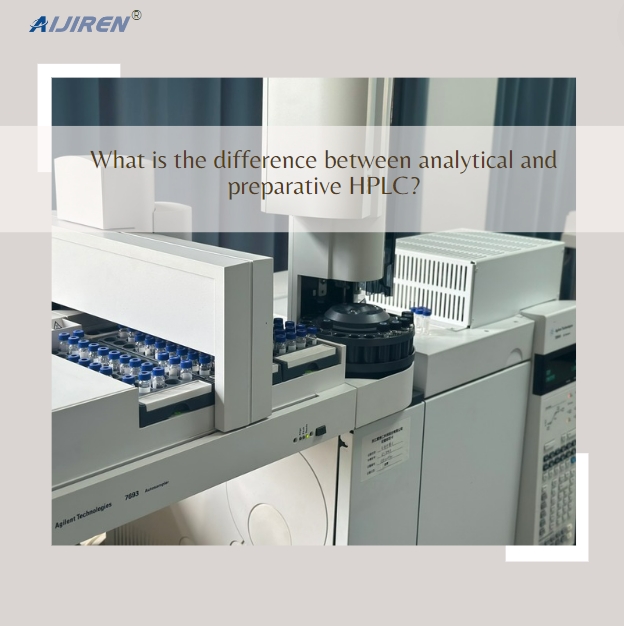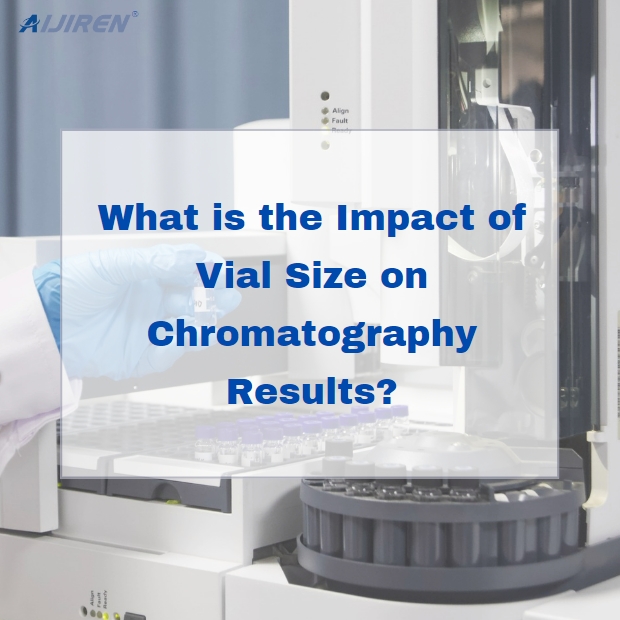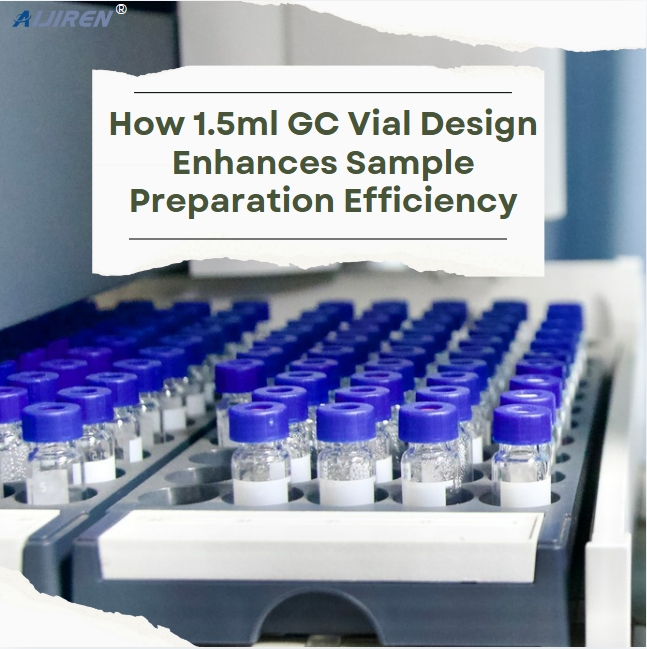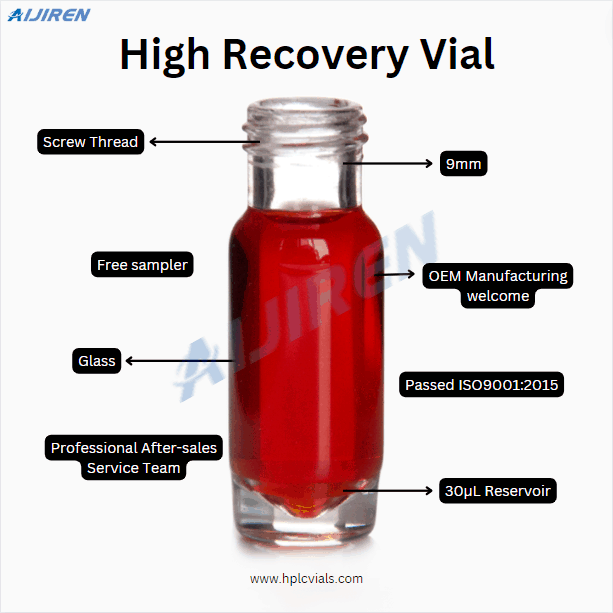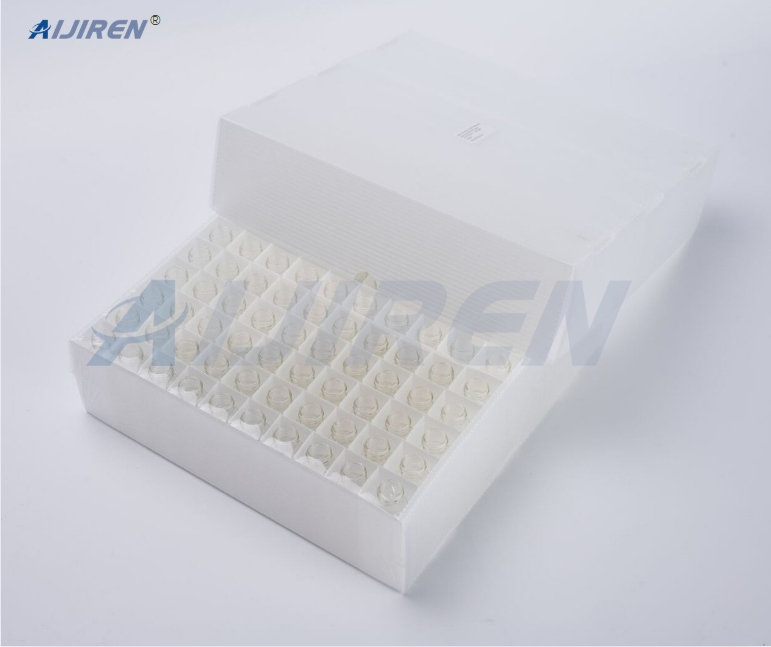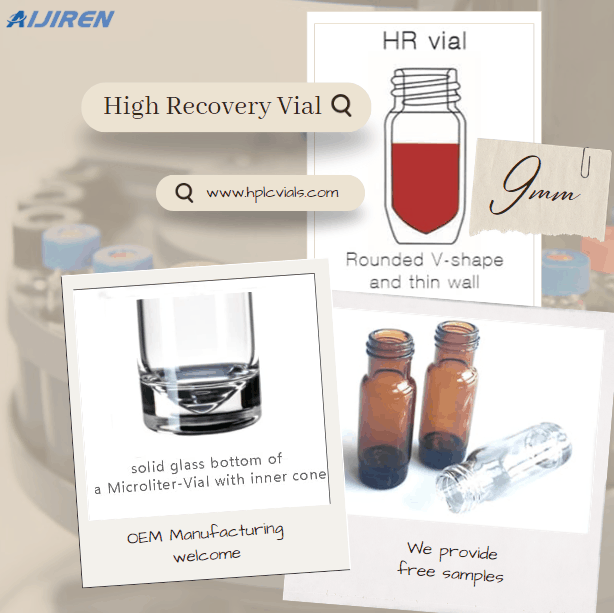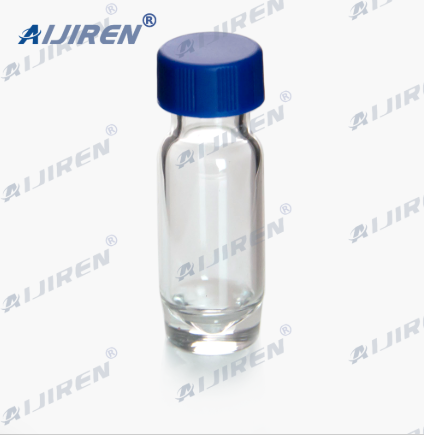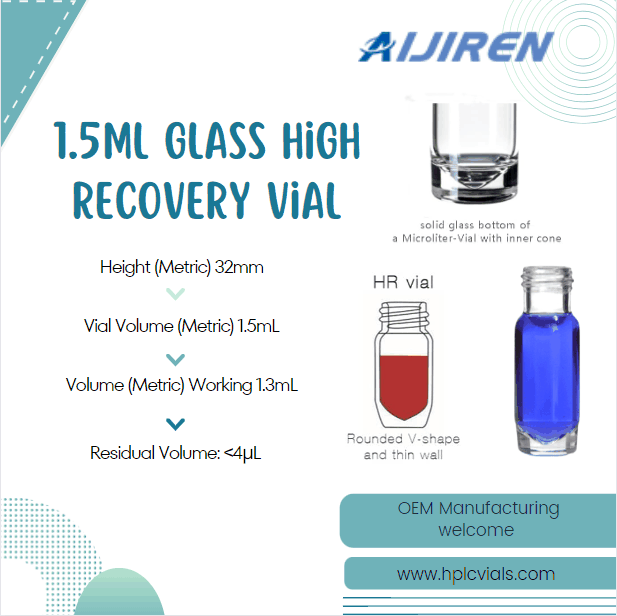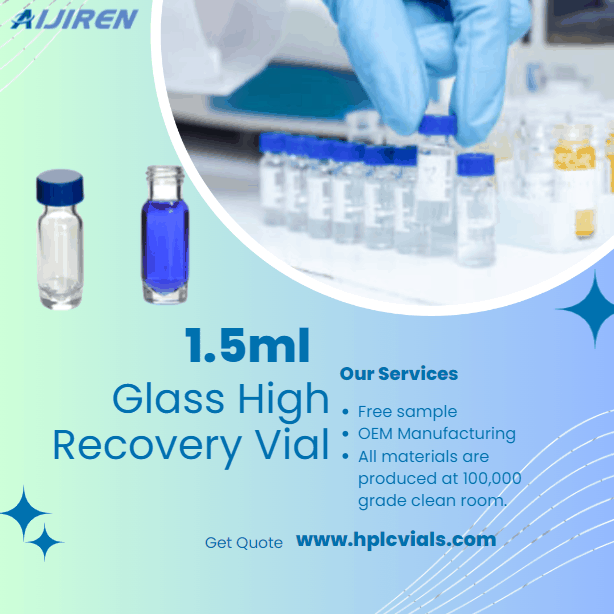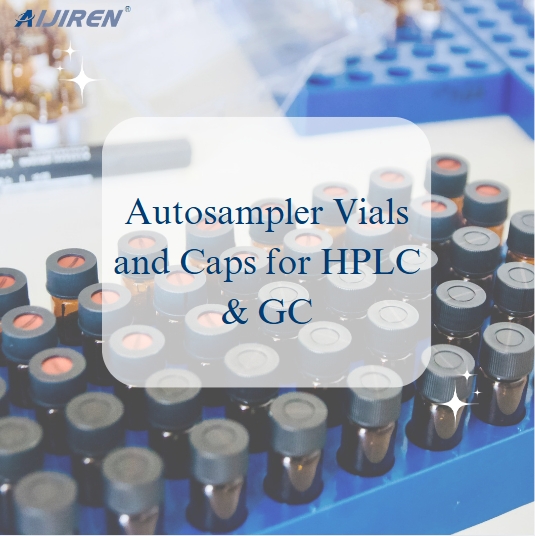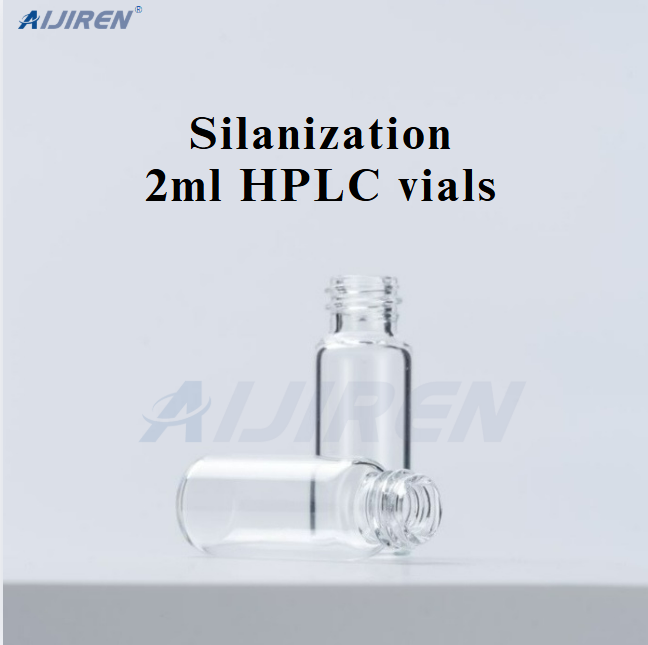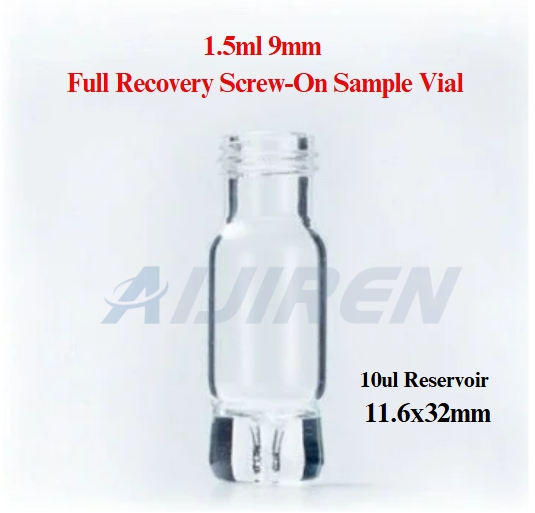The difference between analytical and preparative HPLC
High-Performance Liquid Chromatography (HPLC) is an essential technique in analytical chemistry, widely used for separating, identifying, and quantifying components in various samples. However, HPLC can be categorized into two primary types: analytical HPLC and preparative HPLC. Understanding the differences between these two approaches is crucial for selecting the right method for your specific application.
1️⃣ Analytical HPLC
Purpose: Analytical HPLC is primarily focused on the qualitative and quantitative analysis of compounds. It aims to provide detailed information about the composition of a sample without isolating the components.
Sample Size: Typically involves small sample volumes, often in the microliter range. The results are directed to waste after detection, as the goal is to analyze rather than collect.
Column Dimensions: Analytical columns are usually smaller in diameter (around 4.6 mm) and packed with smaller particle sizes (3-5 µm) to achieve high resolution and sensitivity.
2️⃣ Preparative HPLC
Purpose: In contrast, preparative HPLC is designed for isolating and purifying specific compounds from a mixture. This method is essential for obtaining larger quantities of pure substances for further research or application.
Sample Size: Involves larger sample volumes, often in the milliliter range, with the eluent directed into fraction collectors for component isolation.
Column Dimensions: Preparative columns are larger in diameter (50-200 mm) and typically use larger particle sizes (20-50 µm) to facilitate higher flow rates and larger sample processing.

